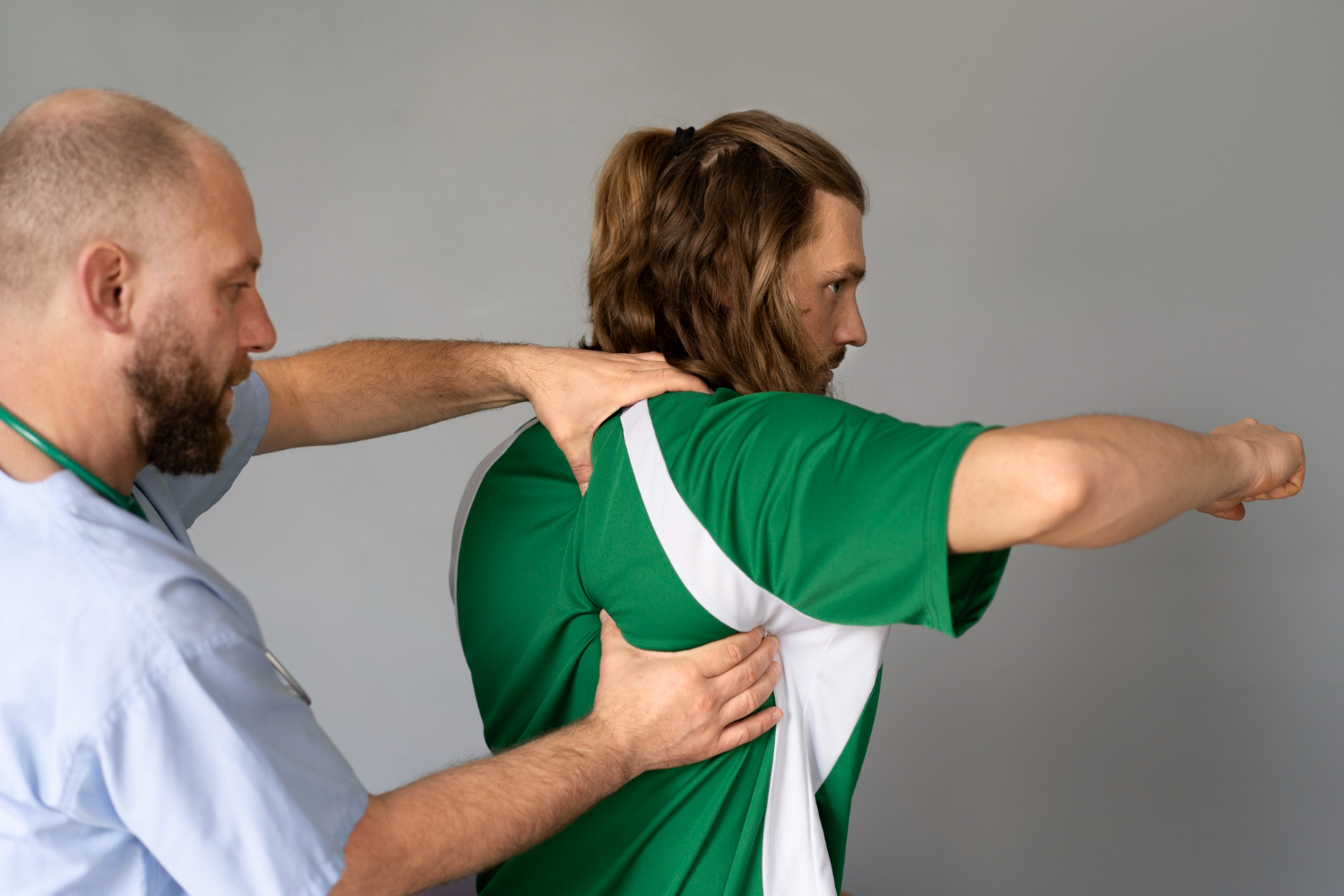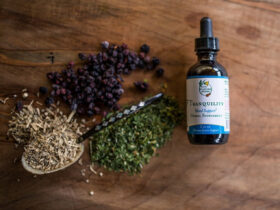Shoulder pain can be debilitating, affecting daily activities and hindering quality of life. Fortunately, physical therapy offers a natural and effective solution to alleviate discomfort and restore mobility. In this article, we’ll explore ten expert-recommended exercises designed specifically to target shoulder pain and promote healing.
Understanding Shoulder Pain
Shoulder pain is a common complaint that can result from various factors such as injury, overuse, or underlying medical conditions. It often manifests as stiffness, soreness, or restricted movement in the shoulder joint physical therapy exercises for shoulder pain play a crucial role in managing shoulder pain by strengthening muscles, improving flexibility, and enhancing overall function.
Common Causes of Shoulder Pain
- Rotator Cuff Injury: Damage to the rotator cuff muscles or tendons due to repetitive motions or traumatic injury.
- Frozen Shoulder (Adhesive Capsulitis): A condition characterized by stiffness and pain in the shoulder joint, limiting movement.
- Shoulder Impingement Syndrome: Occurs when the tendons of the rotator cuff become pinched between the bones of the shoulder, causing pain and inflammation.
- Tendonitis: Inflammation of the tendons in the shoulder, often resulting from overuse or repetitive strain.
- Arthritis: Degenerative joint disease that can affect the shoulder, leading to pain, swelling, and stiffness.
10 Effective Physical Therapy Exercises for Shoulder Pain
- Shoulder Blade Squeezes (Scapular Retraction): Sit or stand with your arms by your sides. Squeeze your shoulder blades together, holding for 5-10 seconds, then release. Repeat for 10-15 repetitions.
- Pendulum Stretch: Stand and lean forward, supporting your unaffected arm on a table or chair. Let your affected arm hang down and gently swing it in small circles, clockwise and counterclockwise, for 1-2 minutes.
- Rotator Cuff Strengthening (External Rotation): Use a resistance band or lightweight dumbbell. Keep your elbow at a 90-degree angle and your forearm parallel to the floor. Rotate your forearm outward against resistance, then return to the starting position. Perform 2-3 sets of 10-15 repetitions.
- Wall Walks: Stand facing a wall with your fingertips touching the wall at shoulder height. Slowly walk your fingers up the wall as far as comfortable, then walk them back down. Repeat for 5-10 repetitions.
- Cross-Body Shoulder Stretch: With your unaffected arm, gently pull your affected arm across your body until you feel a stretch in the shoulder. Hold for 15-30 seconds, then switch sides. Repeat 2-3 times on each side.
- Internal Rotation Stretch: Stand or sit with your affected arm bent at a 90-degree angle and your forearm resting against a door frame or wall. Gently lean forward to feel a stretch in the front of the shoulder. Hold for 15-30 seconds, then relax. Repeat 2-3 times.
- Doorway Stretch: Stand in a doorway with your hands on the door frame at shoulder height. Lean forward, allowing your chest to move through the doorway while keeping your arms stationary. Hold for 15-30 seconds, then return to the starting position. Repeat 2-3 times.
- Shoulder Flexion Stretch: Stand or sit with your arms by your sides. Slowly raise your affected arm forward and upward until you feel a stretch in the shoulder. Hold for 15-30 seconds, then lower your arm. Repeat 2-3 times.
- Y-T-W-L Exercises: Lie face down on a mat with your arms extended overhead in a Y position. Lift your arms off the floor, then move them into a T position, a W position, and finally an L position, while keeping your shoulders relaxed. Perform 2-3 sets of 10-15 repetitions.
- Foam Roller Exercises: Lie on your side with a foam roller positioned beneath your affected shoulder. Gently roll back and forth, targeting tight or tender areas in the shoulder and surrounding muscles. Continue for 1-2 minutes, then switch sides.
Conclusion:
Incorporating these ten physical therapy exercises into your daily routine can significantly reduce shoulder pain, improve mobility, and enhance overall shoulder health. However, it’s essential to consult with a healthcare professional or physical therapist before starting any new exercise program, especially if you have underlying medical conditions or recent injuries. With dedication and consistency, you can take proactive steps towards relieving shoulder discomfort and enjoying a fuller, more active lifestyle.













